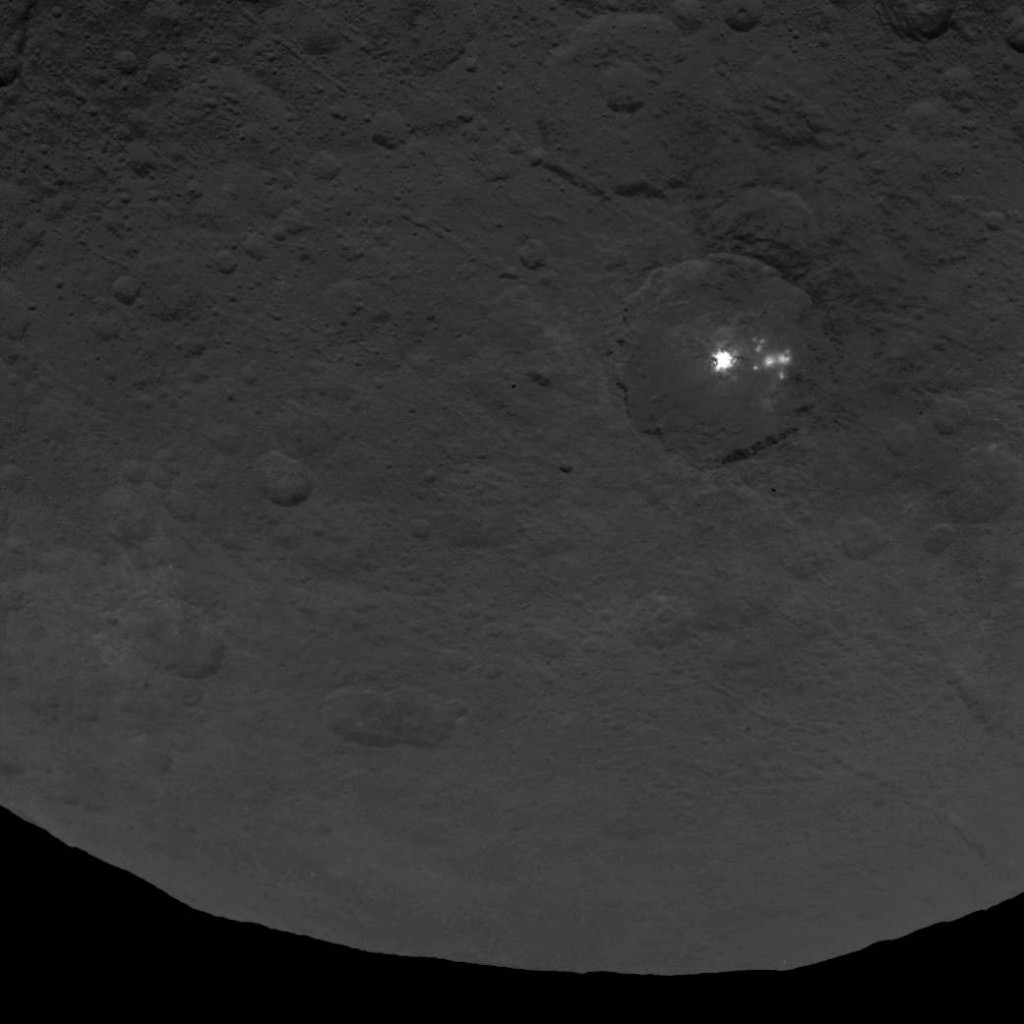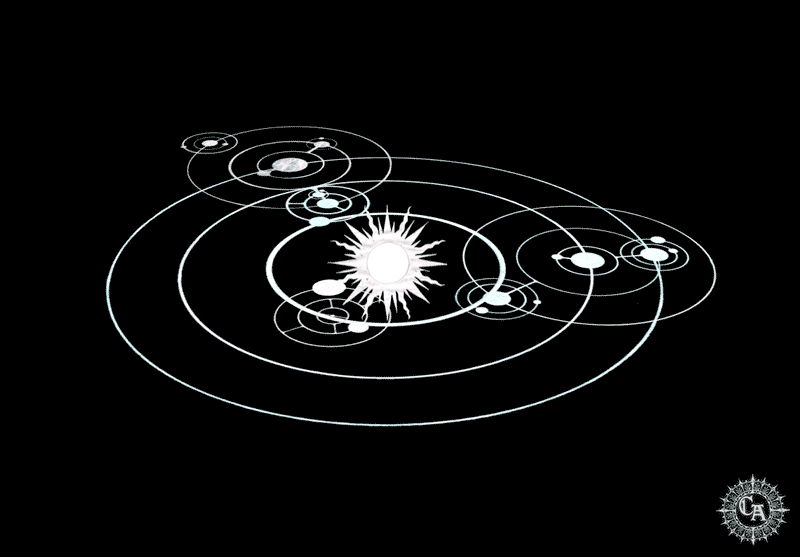There are 8 planets in our solar system; Mercury, Venus, Earth, Mars, Jupiter, Saturn, Uranus, Neptune, and also 5 dwarf planets; Ceres, Pluto, Haumea, Makemake, Eris, and hundreds of other possibilities. However, outside our solar system it is a much different story.
There are many new planets that are being discovered at an alarming rate. For example, since March 2009, NASA and their Kepler space missions to find other planets, has found a total of 2,740 potential planets orbiting 2,036 stars, and a newly found Einstein planet, announced this month, that is 25% larger than Jupiter.
Kepler Discovers 461 New Planet Candidates;
Based on observations conducted from May 2009 to March 2011, the findings show a steady increase in the number of smaller-size planet candidates and the number of stars with more than one candidate.
“There is no better way to kickoff the start of the Kepler extended mission than to discover more possible outposts on the frontier of potentially life bearing worlds,” said Christopher Burke, Kepler scientist at the SETI Institute in Mountain View, Calif., who is leading the analysis.
Since the last Kepler catalog was released in February 2012, the number of candidates discovered in the Kepler data has increased by 20 percent, and now totals 2,740 potential planets orbiting 2,036 stars. The most dramatic increases are seen in the number of Earth-size and super Earth-size candidates discovered, which grew by 43 and 21 percent respectively.
The new data increases the number of stars discovered to have more than one planet candidate from 365 to 467. Today, 43 percent of Kepler’s planet candidates are observed to have neighbor planets.
“The large number of multi-candidate systems being found by Kepler implies that a substantial fraction of exoplanets reside in flat multi-planet systems,” said Jack Lissauer, planetary scientist at NASA’s Ames Research Center in Moffett Field, Calif. “This is consistent with what we know about our own planetary neighborhood.”
NASA’s groundbreaking planet-hunting Kepler observatory may be showing its age, but a handful of other spacecrafts are poised to join the search for exoplanets and carry it into the future.
The Kepler spacecraft has detected more than 2,700 potential alien planets since its March 2009 launch, revolutionizing scientists’ understanding of worlds beyond our solar system.
And today, an article came out on a new planet that was discovered. In the article, Einstein’s special relativity has proven more useful than ever, as scientists have now used it to discover an alien planet around another star;
The newfound world — nicknamed “Einstein’s planet” by the astronomers who discovered it — is the latest of more than 800 planets known to exist
beyond our solar system, and the first to be found through this method.
The planet, officially known as Kepler-76b, is 25 percent larger than Jupiter and weighs about twice as much, putting it in a class known as “hot Jupiters.”
The researchers capitalized on subtle effects predicted by Albert Einstein’s special theory of relativity
to find the planet. The first is called the “beaming” effect, and occurs when light from the parent star brightens as its planet tugs it a nudge closer to Earth, and dims as the planet pulls it away. Relativistic effects cause light particles, called photons, to pile up and become focused in the direction of the star’s motion.
“This is the first time that this aspect of Einstein’s theory of relativity has been used to discover a planet,” research team member Tsevi Mazeh of Tel Aviv University in Israel said in a statement.
For information about the NASA Exoplanet Archive, click here.
For information about the Kepler Mission, click here.

Moe is the founder of GnosticWarrior.com. He is a father, husband, author, martial arts black belt, and an expert in Gnosticism, the occult, and esotericism.








